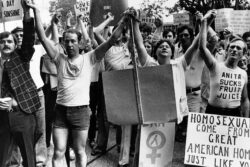Government, Politics & Law
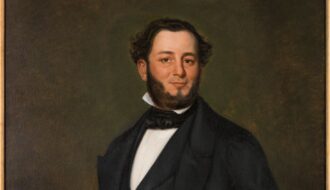
Judah P. Benjamin
Judah P. Benjamin was one of the nineteenth-century South’s most prominent attorneys and statesmen.

Judah P. Benjamin was one of the nineteenth-century South’s most prominent attorneys and statesmen.
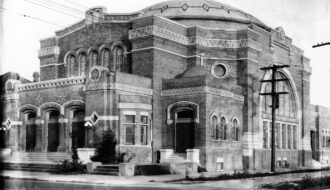
Jewish people have greatly contributed to Louisiana’s culture and economy as philanthropists, civic and educational leaders, business owners, and art patrons.
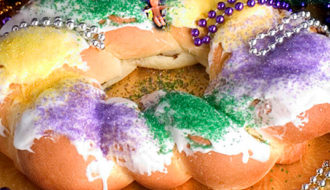
A round, braided cake consumed during the Carnival season across Louisiana, especially in New Orleans.

King cakes are a sweet bread or pastry usually decorated in purple, green, and gold.
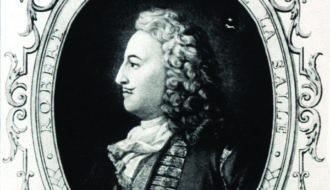
René-Robert Cavelier, sieur de La Salle, led two expeditions in search of the Mississippi Rivers outlet to the Gulf of Mexico for France under King Louis XIV.
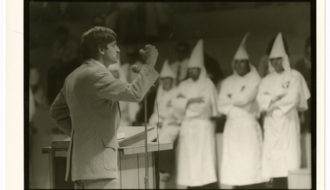
Louisiana entered the 1960s behind the national curve in postwar development but poised for dramatic progress.
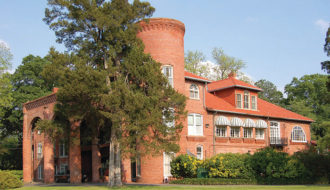
Layton Castle, a rambling, maze-like brick home built in 1814, is an architectural landmark in Monroe, Louisiana.
Methodist pastor Lea Joyner, the only ordained woman in the Methodist Church in mid-twentieth century Louisiana, was one of the most popular pastors in the state.
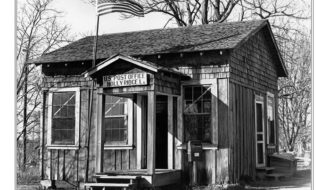
Photographer Lee Estes is best known for his precise and extensive black and white photographic documentation of vernacular subjects, especially architecture.
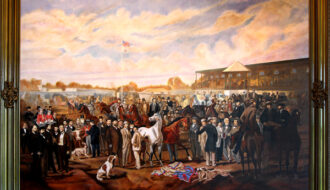
Legalized gambling has played an important cultural, political, and economic role in Louisiana's history from the colonial era to the present.

Approximately forty ethnically and politically distinct North American Indigenous polities located in the Gulf Coast region and lower Mississippi River valley made up les petites nations.
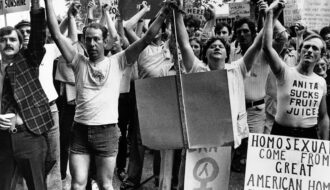
Queer people have long been part of Louisiana’s history, but the political movement for LGBTQ+ rights emerged slowly in the late twentieth century.
One-Year Subscription (4 issues) : $25.00
Two-Year Subscription (8 issues) : $40.00
